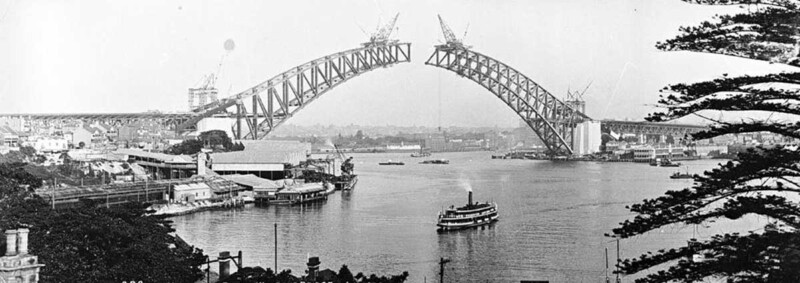In the year 1889, Australia underwent significant changes and developments that would shape the nation’s history for years to come. From the booming economy to political upheavals, this pivotal year marked a turning point in the country’s trajectory.
The events of 1889 not only impacted the lives of Australians at the time but also continue to influence the country’s identity and culture today. This article delves into the key events and milestones that took place in Australia in 1889, shedding light on the social, economic, and political landscape of the time. From the inauguration of the first federal parliament to the introduction of groundbreaking legislation, 1889 was a year of transformation and progress for the young nation.
Additionally, this article explores the cultural and societal changes that occurred in Australia during this period, providing a comprehensive overview of the significant developments that shaped the country in 1889. By examining the events of this pivotal year, we can gain a deeper understanding of Australia’s past and the factors that have contributed to its evolution as a nation.
Table of Contents
In 1889, several significant events occurred in Australia:

The Great Shearers’ Strike: One of the most notable events in Australian history, the Shearers’ Strike of 1889 was a major industrial dispute between shearing workers and pastoralists across Queensland, New South Wales, and Victoria. The strike lasted for several months and led to violent clashes, arrests, and widespread disruption in the rural areas.
The Centennial International Exhibition: Held in Melbourne, the Centennial International Exhibition celebrated the 100th anniversary of European settlement in Australia. The exhibition showcased Australia’s progress and achievements in industry, agriculture, and the arts, and attracted visitors from around the world.
The opening of the Broken Hill pipeline: The construction of the Broken Hill pipeline was completed in 1889, providing a reliable source of water to the arid mining town of Broken Hill in New South Wales. The pipeline revolutionized the town’s water supply and enabled further development of the mining industry in the region.
The founding of the Australian Labor Party: In 1889, the Australian Labor Party was officially established in Barcaldine, Queensland. The party was formed to represent the interests of working-class Australians and advocate for social and economic reforms. The ALP has since become one of the major political parties in Australia.
Key Events in Australian History Leading Up to 1889

In the years leading up to 1889, Australia witnessed several significant events that shaped its future. The arrival of Captain James Cook in 1770 marked the beginning of European exploration and subsequent colonization of the continent. The establishment of the first British settlement at Sydney Cove in 1788 marked the beginning of a new era for the indigenous populations.
The influx of convicts to Australia, as part of the British penal colony system, played a crucial role in the early development of the colonies, particularly in New South Wales and Tasmania. The growth of the wool industry, initiated by John Macarthur’s successful introduction of merino sheep in the early 19th century, laid the foundation for Australia’s future economic prosperity. Additionally, the Eureka Stockade rebellion in 1854 highlighted tensions between miners and colonial authorities, paving the way for increased democratic rights and reforms in the years to come.
Notable Developments in Australia in 1889

In 1889, Australia experienced notable developments that further advanced its evolution as a sovereign nation. One significant event of that year was the opening of the first section of the Melbourne Cable Tramway system, which revolutionized urban transportation in the city. This introduction of cable trams not only modernized Melbourne’s public transit but also set the stage for future innovations in urban mobility.
Concurrently, the Sydney International Exhibition showcased Australia’s progress in industrial and agricultural sectors, highlighting the nation’s growing importance on the global stage. Moreover, the 1889 Australian federal election marked a crucial step towards national unity, as discussions surrounding federation gained momentum, ultimately leading to the establishment of the Commonwealth of Australia in 1901.
The Path to Federation: Context and Consequences of Late 19th Century Events

This period saw a significant shift towards an Australian nationhood, as discussions and events paved the way for the Federation movement. The late 19th century was a crucial time in Australia’s history, as it navigated towards a more unified political structure. The push for federation was fueled by various factors, including a desire for increased autonomy, a sense of national identity, and the recognition of the benefits of a unified nation.
The path to Federation was marked by debates, negotiations, and compromises among the colonies, each seeking to balance their individual interests with the common goal of creating a stronger, cohesive nation. The late 19th-century events set the stage for the eventual formation of the Commonwealth of Australia, signifying a significant turning point in the country’s political landscape.
Leave a Reply